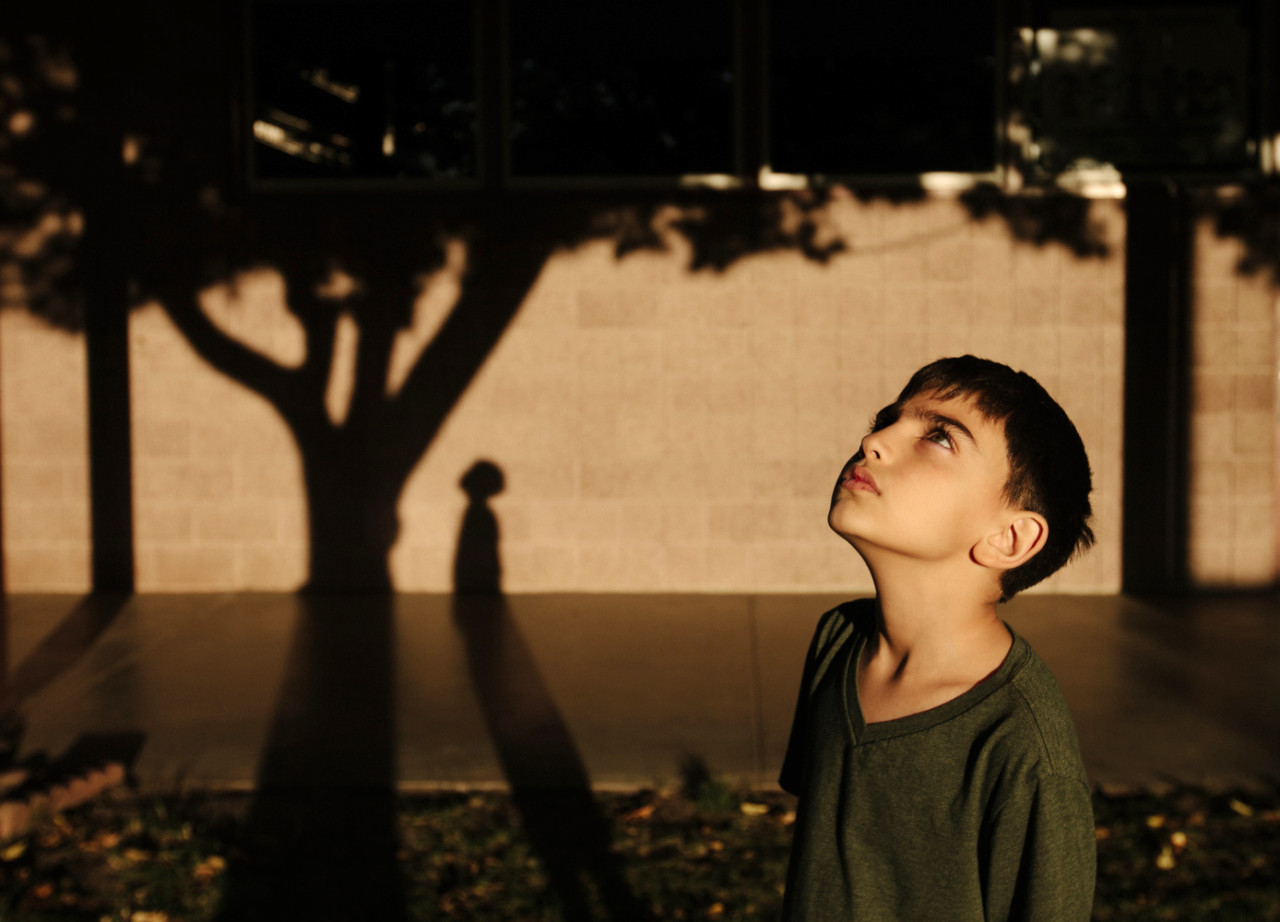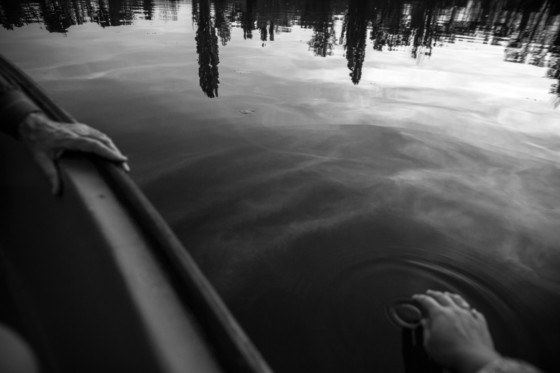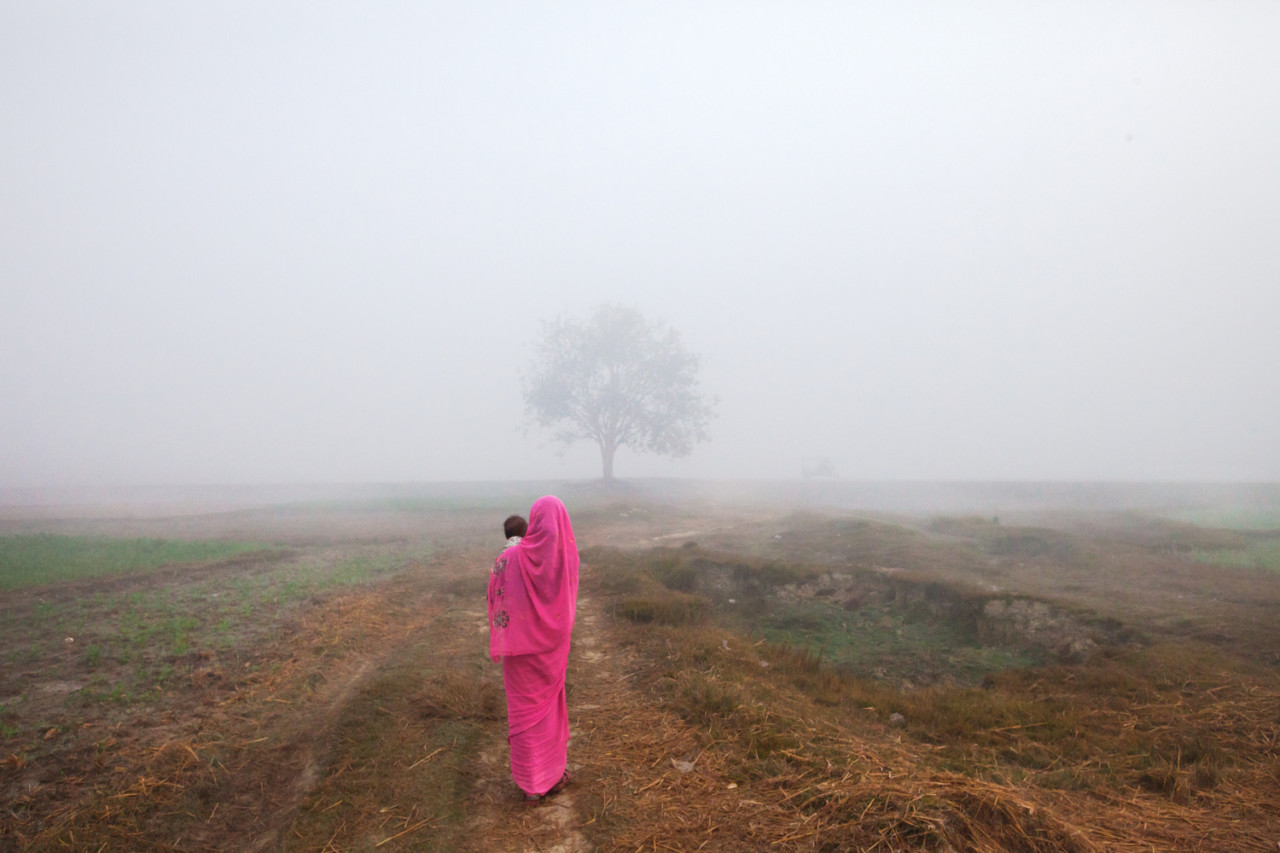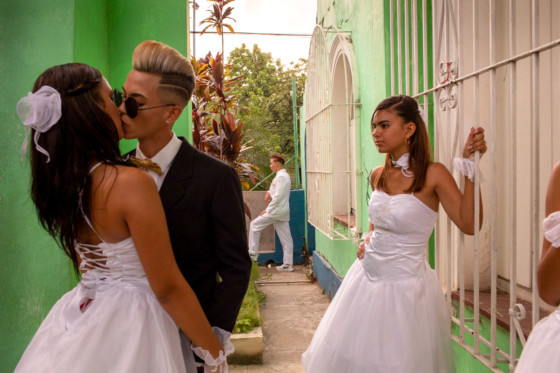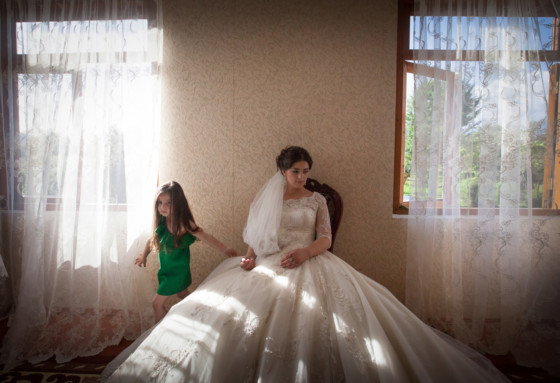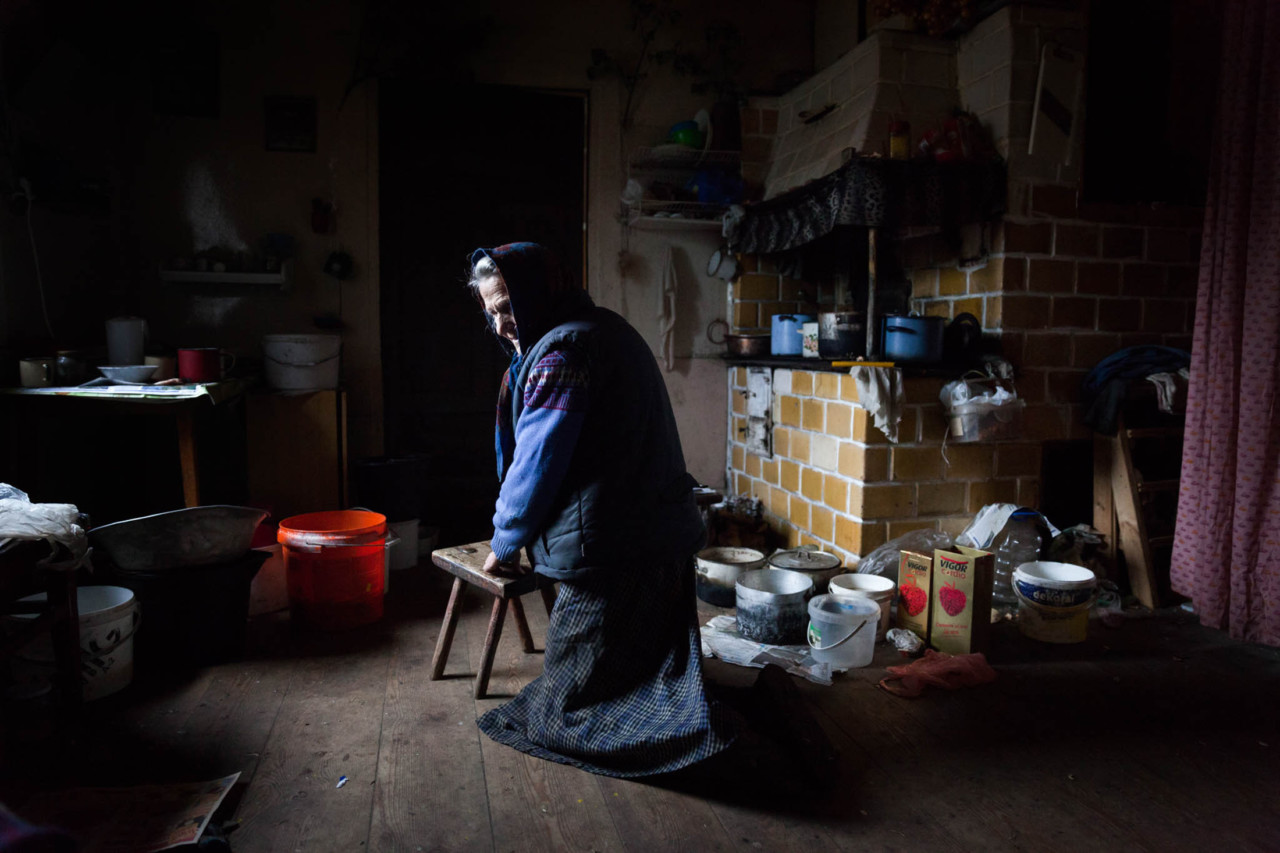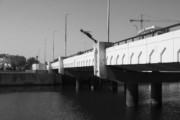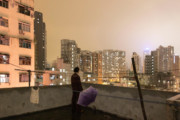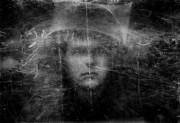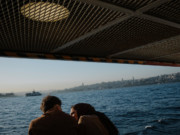“I don’t know where I’m going when I walk. I’ve learned to lean towards that uncertainty.”
Diana Markosian on the inspirational role of walking in her practice
People often expect literary, high-minded or elevated artistic sources of inspiration for photographers and their works. However, for Diana Markosian, her most reliable conduit for inspiration is the mundane: walking. Markosian finds inspiration within, and it is only through walking that she finds herself able to home in upon it. Solitude and the meditative quality of walking are her starting points.
In the first of a new series in which photography writer and educator Colin Pantall explores the motivations and inspirations that drive Magnum photographers’ work, he speaks with Markosian about the pivotal role of this seclusion in creating her work.
“It is the way I learn,” says Diana Markosian via Whatsapp from Mexico City. “I walk 15 miles a day minimum, if I ever set my navigation to go somewhere and it says: 2 hour walk or a 15 minute subway ride, I’ll opt for the walk.”
In a strange but very direct way, this connects to being a working photographer, where the photographer goes on assignments to faraway lands they know little about. In the old scheme of things, the photographer’s research might have been skimming through the pages of an old edition of Newsweek on the plane over, now research goes far deeper, but still there will inevitably be gaps in knowledge and understanding.
“I think of the sense of entitlement we have as photographers, to arrive in a place and feel that we can have the authority to represent it. I’ve been thinking about this quite a lot here in Mexico City.”
The coming weeks will see her leave Mexico to visit Armenia, Paris and Turkey in quick succession. It’s a life lived out of a suitcase, a life of constant assignments, in which the walk is where Markosian feels most at home. For Markosian these gaps in understanding line up with the blurs and gaps and empty spaces of her own early family life.
“Walking gives me time to think. I find that when I am walking, I don’t feel that same pressure as when I am on assignment. There is this moment where you disconnect and just stop mentally. It is not about taking pictures, it’s about reflecting on them, and not having that pressure to produce.”
That mental stopping and stillness is very important for Markosian, but it’s a stopping where one way of thinking is substituted for another, where the categorical demands of the photographic assignment are replaced by a sense of undirected wandering. It’s a kind of unknowing – in the psychogeographical sense – where you leave behind the eyes that you normally see with and look at the world with new perspectives.
“I don’t know where I’m going when I walk. I’ve learned to lean towards that uncertainty. It’s a really odd thing to embrace, but it allows me to exist in the present. The more uncertain something is, the more attracted I am to it. And the more it feels like home.”
This uncertainty is mirrored in the projects Markosian has made on her former life in Moscow. She left Russia in 1996 when she was seven, moving to the United States with her mother and brother. They left her (often absent) father behind without saying goodbye. After they moved, her mother cut all the images of her father out of the family photographs. That kind of erasure creates a double rupture from the past, one that is evident in the introduction to Inventing my Father, a project that begins, ‘I often wonder what it would have been like to have a father.’
Markosian returned to Armenia in 2013, seeing her father for the first time since her departure. Inventing My Father is a record of that return, and was followed by a sequel, Mornings (With You), which saw her learning the small things (you like your coffee dark but sweet) and the big things (you prefer to be alone) about her dad. In that sense, these projects are a rebuilding of a world where even your past is unknown, where the traditional maps of family albums and childhood memories are filled with blurs and gaps and empty spaces.
The irony for Markosian is that it is the directness of walking, of repeated navigation, of pounding routes and pathways into an otherwise alien city that gives her the feeling of being at home, which connects to all the other paths, streets and highways she has walked. Home then is a physical process. This is a feeling she is aware sits at odds with most peoples’ experience.
“I’ve normalized it for myself to the point that a plane ride feels like a taxi ride, visiting a different country is just like exploring another neighborhood. You almost have to convince yourself it’s that normal because if you don’t it all becomes overwhelming. This is where my walks come in. They allow me to feel at home wherever I am.”
This connects the idea of the walk being the artwork (an idea that is most famously evident in the walking art of Hamish Fulton and Richard Long or more poetically in the writings of Rebecca Solnit or Robert MacFarlane), but for Markosian the walk is more of an abstract creative space than a thing in itself.
As well as providing a sense of place and a feeling of belonging, walking also has a creative element that enables Markosian to enter an almost meditative zone where there can be creative flow, where images can be visualised, imagined and, through her storyboarding practice, brought gradually into being.
“Without the walk there would be no image. For me an image is not a photograph. It is something that builds up over months or years. My project, Santa Barbara, which saw me cast actors to play my own family has taken me years to put together not because the concept wasn’t there but because the images in my head were not there. It’s all story-boarded and those storyboards connect very closely to the images I eventually made. I have essentially created a time machine.”
Those images emerged from walking and thinking, from spending time with the freedom of ideas unhooked from the psychological demands of the assignment.
“It’s a form of meditation. There’s a mental archive of images that I am making, they are not for anyone but me. The walk serves as a form of inspiration. The walk becomes the art.”






